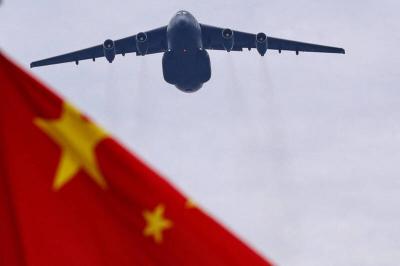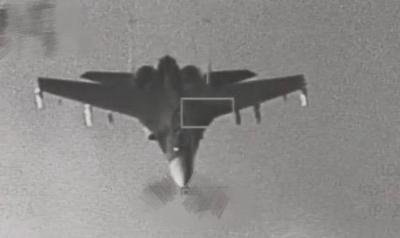The Ministry of Justice yesterday responded to EU calls to abolish capital punishment by saying that Taiwan’s justice system is moving toward that goal in the long term, adding that a high percentage of Taiwanese still favor the death penalty for certain crimes.
Taiwan, China, Japan and the US were among the nations criticized in the Council of the EU’s Annual Report on Human Rights and Democracy in the World in 2015, which was released on Monday.
The report said that 101 countries have abolished the death penalty, as the EU reaffirmed “its opposition to the death penalty and use of all diplomatic tools at its disposal to advance the cause of worldwide abolition.”
“The EU deplored the continuing use of the death penalty in various parts of the world: Iran, Iraq, Saudi Arabia, Pakistan, Belarus, Egypt, Japan, Indonesia, Singapore, China, Vietnam, Taiwan, and the USA were a particular focus of attention,” it added, as the EU urged these nations to abolish capital punishment.
Deputy Minister of Justice Chen Ming-tang (陳明堂) yesterday said the ministry’s ultimate goal is to abolish capital punishment in Taiwan, “but current public surveys indicate that 82 percent of the people are against abolition of the death penalty.”
Chen said the ministry has undertaken four measures toward this long-term objective: ending legal requirements for “mandatory capital punishment” for certain crimes; taking steps for the judiciary to deliberate on “discretionary capital punishment”; handing out the death penalty with extreme prudence; and carrying out the death penalty with extreme prudence.
“We are currently reviewing and assessing this issue,” Chen said. “The ministry will take very careful approaches on handling this issue and carrying out the death penalty, before our nation has formally abolished it,” Chen said.
Other judicial officials said that the ministry is still responsible for policies on the death penalty, and that the nation’s laws still retain the death penalty.

Beijing could eventually see a full amphibious invasion of Taiwan as the only "prudent" way to bring about unification, the US Department of Defense said in a newly released annual report to Congress. The Pentagon's "Annual Report to Congress: Military and Security Developments Involving the People's Republic of China 2025," was in many ways similar to last year’s report but reorganized the analysis of the options China has to take over Taiwan. Generally, according to the report, Chinese leaders view the People's Liberation Army's (PLA) capabilities for a Taiwan campaign as improving, but they remain uncertain about its readiness to successfully seize

Taiwan is getting a day off on Christmas for the first time in 25 years. The change comes after opposition parties passed a law earlier this year to add or restore five public holidays, including Constitution Day, which falls on today, Dec. 25. The day marks the 1947 adoption of the constitution of the Republic of China, as the government in Taipei is formally known. Back then the Chinese Nationalist Party (KMT) governed China from Nanjing. When the KMT, now an opposition party in Taiwan, passed the legislation on holidays, it said that they would help “commemorate the history of national development.” That

Trips for more than 100,000 international and domestic air travelers could be disrupted as China launches a military exercise around Taiwan today, Taiwan’s Civil Aviation Administration (CAA) said yesterday. The exercise could affect nearly 900 flights scheduled to enter the Taipei Flight Information Region (FIR) during the exercise window, it added. A notice issued by the Chinese Civil Aviation Administration showed there would be seven temporary zones around the Taiwan Strait which would be used for live-fire exercises, lasting from 8am to 6pm today. All aircraft are prohibited from entering during exercise, it says. Taipei FIR has 14 international air routes and

The Ministry of National Defense (MND) today released images of the military tracking China’s People's Liberation Army (PLA) movements during the latest round of Chinese drills around Taiwan. The PLA began "Justice Mission 2025" drills today, carrying out live-fire drills, simulated strikes on land and maritime targets, and exercises to blockade the nation's main ports. The exercises are to continue tomorrow, with the PLA announcing sea and air space restrictions for five zones around Taiwan for 10 hours starting from 8:30am. The ministry today released images showing a Chinese J-16 fighter jet tracked by a F-16V Block 20 jet and the